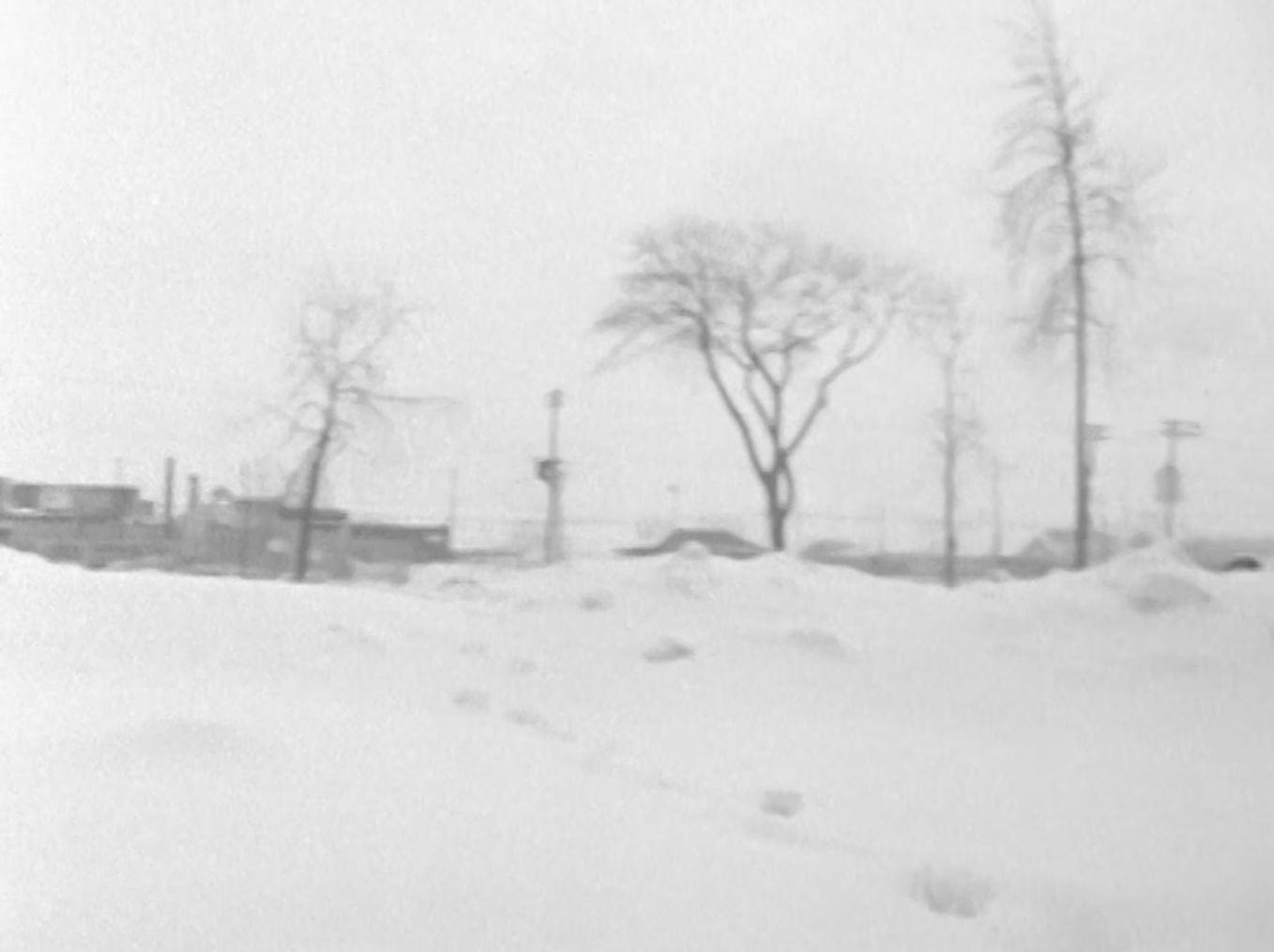A school bus gets souped-up like a Canadian version of Furthur, but instead of carrying Ken Kesey and his Merry Band of Pranksters across America, here the bus transports a psychedelic rock band across Canada, a mari usque ad mare. This unnamed band plays to audiences from time to time, most notably on the beach of Vancouver’s Stanley Park. Ultimately, the bus’s destination is the Pacific Coast, where it is loaded on a freighter so it can travel the seas to Japan. The film was produced by the National Film Board of Canada for Expo ‘70 in Osaka. I’m assuming that’s where the Super Bus was destined.
Soon after its stunning transformation from a lowly school bus into its psychedelic alter-ego, Super Bus makes an appearance in Montreal, the first major city on its trans-Canadian tour.
fig. a: Saint Catherine St.
fig. b: thumbs up!
fig. c: Dorchester Blvd.
To see this crazy film for yourself, check out this link.
aj
p.s. Many thanks to Andrew Burke for alerting me (and others) to this gem.
[reconditioned hippy school buses; trans-Canadian odysseys; Dorchester Boulevard; rue Ste-Catherine]






















